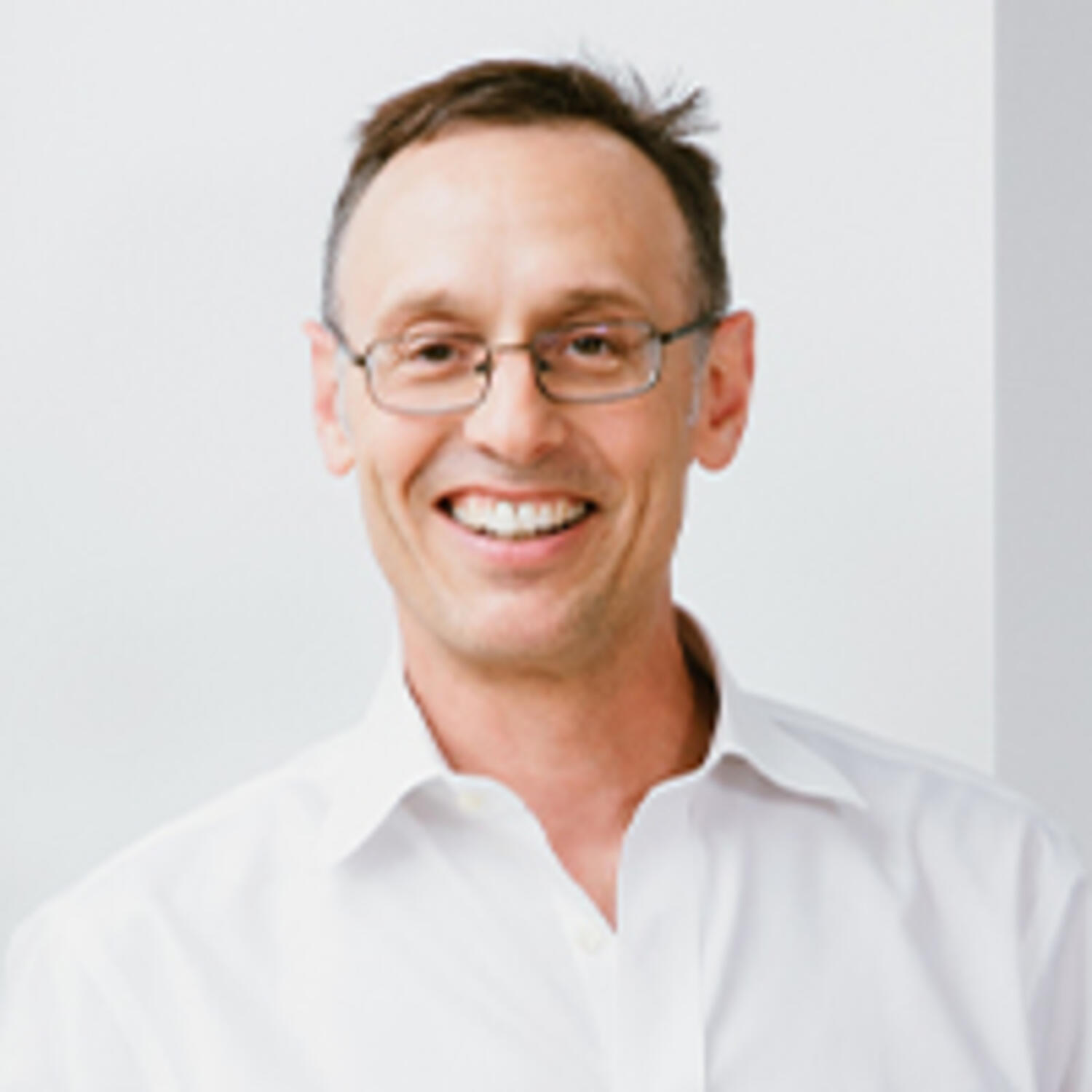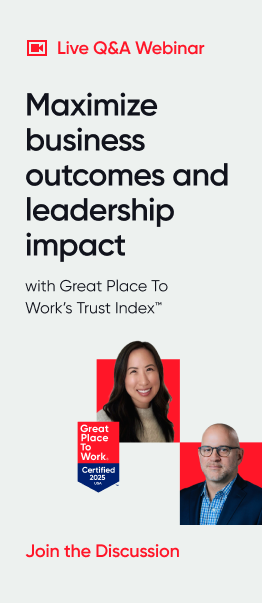
AI (Artificial Intelligence), Diversity & Inclusion, FOR ALL, Innovation, Training & Development
For Cadence, an American multinational electronic design automation (EDA) software and engineering services company, the process of building credibility began in 2009, when the company began developing new products internally versus looking for acquisitions. At this time, R&D became even more important as the EDA industry matured and there were fewer innovative startups available for acquisition.
Returning to a business model of organic growth also required redefining success, whether with existing products or new ones. Jaswinder S. Ahuja, Corporate Vice President of Cadence Design Systems explains the questions employees ask when thinking about development, saying, “Can it be more accurate than the competition? Or give better quality of results? Can you shave off 10 percent of the silicon off something that’s going to sell 400 million units?” Given that Cadence must provide customers with solutions four to five years before their product is meant to go to market, Cadence had to pursue a very different relationship with its employees and talent.
Cadence created focus teams of 3-5 people who were given 18-24 months to create new products from scratch. Some focus team members already worked at Cadence, some were brought in from startups and others were brought back out of retirement. Once the teams were effective, Cadence replicated that model. When Sanjana Das joined Cadence after receiving her master’s degree, she was thrust into an application engineer role typically held by people with more than ten years of experience. She met directly with customers to help them figure out how to use Cadence’s software to speed up their chip development process. She works hand-in-hand with R&D to translate customer demands for denser circuits, lower power usage or faster development time into Cadence software improvements.
Cadence also changed its organizational model and gave P&L responsibility to the people who had been R&D leaders for the primary product lines. They now were fully connected to the customer, rather than being in the background and were now accountable for financial results. R&D employees also began to view their jobs as more interesting because they had a lot more direct exposure to customers.
Great Place To Work research supports this connection between Cadence’s cultural evolution and high workplace engagement. Among Cadence employees who have a lot of meaningful innovation opportunities, nearly 93 percent say Cadence celebrates people who try new and better ways of doing things, regardless of the outcome. To Cadence’s credit, long-term employees view Cadence just as positively as fresh, new employees. Among employees with less than five years’ experience, 92 percent agree that people are given a lot of responsibility, the same level as employees with more than ten years’ experience.
Experienced Engineer, David White, headed the implementation of a new component in Cadence’s signature Virtuoso design software suite. That new product was an industry first, using machine learning to even better automate the design of faster, more efficient chips. As importantly, White then used his visibility and seniority to create a forum For All employees to collaborate on machine learning throughout the company.
In 2017, White rallied colleagues in R&D, HR, Marketing, IT and various country offices to start a company-wide Machine Learning Task Force to facilitate Cadence’s innovation and collaboration on machine learning and artificial intelligence that works across business units. White observed, “We have an executive team that really listens to employees. Recently, they put Machine Learning at the front of our corporate vision and strategy. When I first began putting together a proposal to try something new in the Machine Learning space, I was pretty confident that our proposal would be well received.” In fact, senior management supported the employee-driven initiative because they were hearing repeated requests from employees in internal and Great Place To Work surveys and forums like Wave of Change.
White also became the lead on a large government research project with industry and university partners. The increased innovation around machine learning led to new opportunities for existing employees and growth in job openings for new employees at all levels. To address the increased demand for machine learning talent, Cadence used initiatives within the Machine Learning Task Force to further train and motivate its already skilled workforce. Almost half of all Cadence employees attended or watched the Machine Learning Forum workshop day in 2017. In 2018, the Machine Learning Global Hackathon attracted 148 teams of employees from 17 countries. Created by employees for employees, Cadence’s Machine Learning Task Force allows Cadence to anticipate semiconductor industry trends, work with important industry partners, move in the direction of new markets like defense and most importantly, create the conditions for Innovation By All.
For the full story, read Cadence and the Culture Cure today.











